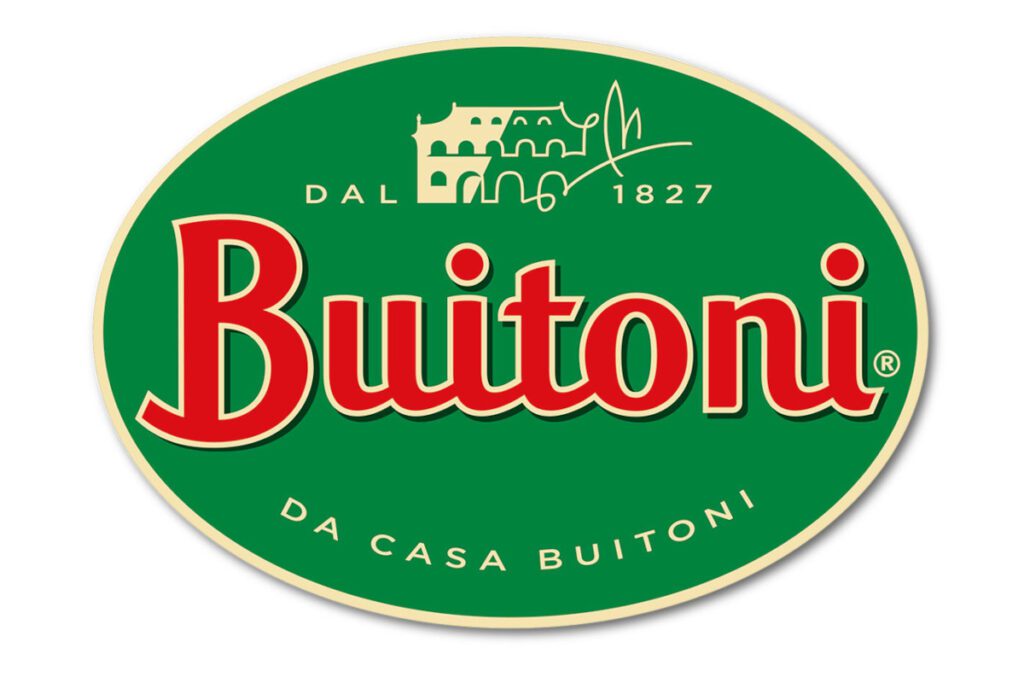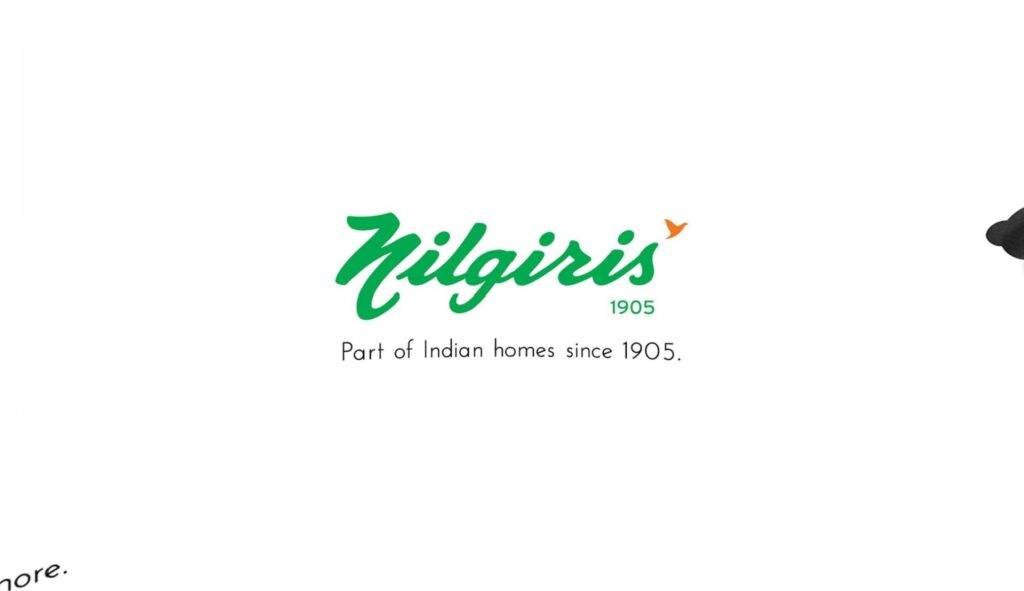Shrinking to Grow

Shrinking to grow can be a viable strategy for businesses that are struggling or that want to reposition themselves for the future.
Businesses need to get rid of failed brands or businesses while doubling down on more promising ones, much as getting in shape involves reducing fat while growing muscle. Companies with the most market share and highest profit margins in the consumer goods industry have a firm grasp on this idea. These businesses are also aware of a similar principle: one person’s garbage is another person’s treasure.
To expand, businesses are downsizing.
It may seem contradictory for businesses to downsize or shrink to expand in today’s dynamic and competitive business world. Expanding into new territories, gaining a larger market share, and ramping up production are all common definitions of growth. Small and big companies alike are increasingly adopting the strategy of “shrinking to grow.” The goal of this approach is to create long-term, profitable growth by simplifying operations, concentrating on core strengths, and selling off non-essential assets. Why are businesses starting to use this method, and how come?
The Change in Corporate Tactics
In the past, expanding a company meant gaining a larger percentage of the market, making more money, and opening offices in new locations. These methods have the potential to succeed, but they are not without dangers and difficulties. When a company becomes too large, it might find itself overstretched, dealing with operational inefficiencies, and having trouble enforcing a consistent company culture.
Some businesses are opting to take a different tack in response to these threats, one that requires a period of strategic retreat before continuing ahead. These core concepts form the basis of the “shrink to grow” approach:
- Companies that excel at focusing on their core competencies have clearly defined what it is that they do well. This will allow them to develop into industry leaders that provide customers with first-rate goods and services.
- Shrink to grow is dedicated to streamlining and efficiency in all areas of operations. Businesses can reduce expenses and streamline operations by getting rid of unnecessary resources and personnel. In turn, this may increase profits.
- Reducing the number of business lines or businesses in operation helps mitigate the risks that come with them. Businesses can strengthen their ability to withstand and recover from economic setbacks and market disruptions.
- Savings from streamlined processes and lower administrative costs allow businesses to invest more in future growth via R&D, strategic initiatives, and other forms of innovation.
- Better Home: Adaptable businesses have an intimate familiarity with not just their resources and requirements but also those of their competitors. After gaining this knowledge, they may start to wonder, “Is there a better home for my brand?” Both parties to a divestiture stand to gain competitive benefits from this.
- More well-suited: innovative consumer goods Corporations constantly keep their eyes peeled for a suitable substitute.
Examples of “Shrink to Grow”
- The GE Corporation

Companies that have used the “shrink to grow” approach include General Electric, which is a notable example. Previously a diverse company, GE has narrowed its attention to three primary sectors: aviation, healthcare, and electricity. Transportation and lighting operations were among the non-core assets the corporation planned to sell in 2018.
GE wanted to improve its productivity and bottom line by playing to its strengths. The company’s debt was reduced, and its financial health was improved as a result of this strategy change. GE was able to better serve its core sectors via innovation and investment after selling off its non-essential operations, setting the company up for long-term success.
- Procter & Gamble

P & G, has successfully used the “shrink to grow” approach. It has always owned a wide variety of brands, decided to streamline its product offerings after realising that doing so would dilute the company’s efforts. The company’s answer was to launch a brand rationalisation initiative.
P&G has sold off or eliminated several of its low-performing brands to concentrate on a smaller but more lucrative portfolio. In doing so, the business was able to increase productivity and income. P&G was able to strengthen its market positions and increase its revenues by investing in innovation, marketing, and growth for its core brands thanks to its “smart-simplification” approach.
- Nestle

Nestlé, the biggest food processor in the world, generated the vast majority of its revenue from the sale of premium, cutting-edge branded products. Nonetheless, he discovered that several of Nestlé’s most prominent brands, such as its premium pasta brand Buitoni, were located in value categories that acted more like cost-driven commodities, thereby denying premium players a sizable expansion potential. Brabeck decided the firm should stop making dry pasta and instead focus on ready meals, a market segment in which the corporation could invent and patent a product to attract customers willing to pay a premium. The growth was profitable. The Buitoni brand, which Nestlé nurtured, is currently the market leader in the rapidly expanding prepared meal industry.
- Heinz, Starkist, and Del Monte

One such instance is the 2002 merger between H.J. Heinz-owned Del Monte Foods and StarKist tuna. Heinz, a brand-focused firm, anticipated its goods to generate profits of about 20%, but the value category in which StarKist was offered was only producing 10%. However, StarKist provided Del Monte with a chance to showcase its innovative marketing strategies; the company has long been a standout in the commodity space of canned fruits and vegetables. Del Monte bought into Tuna Creations, Heinz’s alternative to canned tuna that comes in foil pouches, after the acquisition. Del Monte benefited from the popular new line’s higher margins. Heinz, in turn, re-invested some of the $1.8 billion it received for StarKist and other product lines in its flagship brand by developing the Heinz Easy Squeeze, an inverted ketchup container. Each party benefited from the exchange.
- Ralston Purina

Following a string of pet food industry acquisitions beginning in 1985 with Friskies, Alpo, Spillers, and Cargill Argentina, it merged with Ralston Purina in 2001. These businesses combined to become the largest pet food manufacturer in the world, generating $6.42 billion in sales in a fast-growing sector of the food industry. Nestlé Purina PetCare was able to capitalise on the growing demand for high-quality pet food by merging its operations and reducing overhead expenses. Sales of the new premium Purina One brand increased even more rapidly than the overall market for pet food.
Advantages of Shrinking to Grow
Companies that adopt a “shrink to grow” approach will reap several rewards.
- Being efficient
Companies may increase their bottom line by cutting expenses and boosting efficiency by getting rid of anything that isn’t essential to running the business.
- Proper allocation of resources
If resources are released from non-essential tasks, they may be used towards more important goals like innovation and advertising.
- Contingency planning
One way to lessen the danger of having too many separate business units is to consolidate them.
- The big picture
By zeroing in on what they do best, businesses may provide better goods and services for their customers.
- A better economic situation
Companies may better withstand economic downturns if they streamline their processes, leading to lower debt and improved financial health.
Possible Obstacles and Dangers
The “shrink to grow” technique, although potentially fruitful, is not without difficulties and dangers.
- Resistance to change
The reorganisation and layoffs connected with this plan may be met with resistance from employees and stakeholders, which might lead to morale problems and an unfavourable press.
- Timing the market
When engaging in discounts or sales, timing is crucial. Losses or lost opportunities might stem from bad timing.
- Problems with integration
It might be difficult to successfully refocus a firm following layoffs. Those still employed will need to learn new skills and take on different duties.
- Competition
It’s a fine line to walk when trying to downsize without losing your competitive advantage. While scaling down activities, businesses must guarantee they don’t lose their market share.
- Customer effects
Divestments and cutbacks may damage consumer loyalty if not handled properly.
Conclusion
The “shrink to grow” approach is gaining popularity as a way to achieve sustainable and profitable development in today’s dynamic business environment. Companies may set themselves up for long-term success through a focus on core capabilities, increased efficiency, and the reallocation of resources to strategic objectives. There will always be obstacles, but many successful implementations of this method show how it may boost development and competitiveness.
The “shrink to grow” approach is different from the typical emphasis on expansion. Instead, it places an emphasis on strategic thinking, self-discipline, and flexibility, all of which help businesses succeed in today’s cutthroat and ever-evolving marketplace. More businesses will likely investigate this strategy as a means to expand and thrive in the future.



